

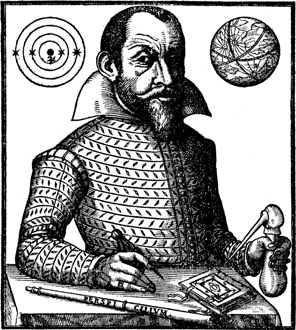
Simon Marius
Mathematician – Medical Practitioner – Astronomer
1573 – 1624

Simon Marius (aka Mayr)
Video
A Short Summary of his Life and his Research
A mathematician, medical practitioner, astronomer and calendar maker, Simon Mayr (1573–1624), who after the fashion of his times called himself Simon Marius, was court mathematician to the Margraves in Ansbach. Simultaneously with Galileo, he discovered the four largest of the Iovian moons, but published his findings four years later than Galileo, prompting the latter to accuse him of plagiarism. In the meantime historians have established that Marius discovered the Galilean moons completely independently of Galileo, and that his observations were in some details more precise. Even in his lifetime it had been accepted that it was he who made the first telescopic observations of the Andromeda Nebula.
Biography
Marius was born on 10th January 1573 (OS) in Gunzenhausen and died on 26th December 1624 (OS), in Ansbach. His father Reichart Marius was Mayor of Gunzenhausen on and off, his mother’s name was Elisabetha. In 1606 he married Felicitas Lauer (baptised 5th March 1590), the daughter of his Nuremberg printer-publisher Hans Lauer (1560–1641). They had at least two sons and five daughters.
Pivotal for his education was supposedly the fact that, by chance, Margrave Georg Friedrich overheard him singing. Allegedly, the regent took a liking to him and arranged for him to be enrolled in the Fürstenschule at Heilsbronn, which he attended until 1601 becoming its most famous ex-pupil. His plan to study at Königsberg couldn’t be realised, however he managed to visit Tycho Brahe at Prague in 1601. Following this he studied medicine in Padua until 1605, where he probably met Galileo. In 1604 and 1605 he was a member of the board of the so-called German Student-Nation in Padua. From 1606 until his death in 1624 (5th January 1625 (NS) he was court mathematician in Ansbach.
Research
In 1594 Marius started to make meteorological records. For the years from 1601 to 1629 his yearly calendars Prognosticon astrologicum were published. He proved his excellence in mathematics by translating from the Greek and publishing Die Ersten Sechs Bücher Elementorum Euclidis (The First Six Books Elementorum Euclidis) in Ansbach. Being a versatile observer even at the time before the invention of the telescope, he published his observation of the comet of 1596 and precisely established the position of the 1604 supernova in the constellation Ophiuchus (The Serpent Holder). From summer 1609 he had a Belgian made telescope at his disposal, thanks to his mentor Johannes Philipp Fuchs von Bimbach, with which he discovered the four largest moons of Jupiter – by his own records given according to the Julian calendar on December 29, and therefore just one day after Galileo had discovered them, who dated his observations according to the Gregorian calendar. He first reported this discovery in his 1612 Prognosticon.
Marius first published his scientific results in his book Mundus Iovialis, in 1614, leading to his famous Tuscan competitor accusing him of plagiarism in his 1623 publication Il Saggiatore. In March 1610, Galilei already had secured his position by publishing his findings in the Sidereus Nuncius (The Starry Messenger, Starry Message). Marius, however, observed a number of details, which Galilei did not mention. He noticed that the orbital plane of Jupiter’s moons is slightly tilted relative to both Jupiter’s equatorial plane and the ecliptic, which explained the discrepancies in latitude. Marius also noticed the change in the moons’ brightness and calculated respective tables for the years 1608 through to 1630.
In a letter written in summer 1611 he mentions his observations of Venus, and since August 1611 he had been observing sun spots, and in November of the same year he noticed that the movement of the sunspots and therefore the equatorial plane of the sun is tilted relative to the ecliptic. In 1619 he first suggested that the appearance of sunspots was periodical. He was the first European to mention the Andromeda Nebula in December 1612 and in 1618 observed the third and largest of the three comets of that year.
Although Marius was in the possession of the most important astronomical discoveries of the early 17th century, he opposed the heliocentric view of the cosmos and favoured the Tychonic one. The latter, he claimed to have arrived at independently of Brahe after reading Copernicus during the winter of 1595–1596.
To this day, Marius’ work is overshadowed by the accusation of plagiarism, even though it was proven at the beginning of the 20th century that Marius had conducted his research entirely independently and even his earliest records are closer to the modern figures than Galileo’s.
Honours
In 1612 Marius was given a silver cup as a present by the town of Gunzenhausen. The naming of Jupiter’s moons after the mistresses of the Roman god Jupiter, which was introduced at the beginning of the 20th century, goes back to Marius, who had been given the idea by Kepler in Ratisbon (Regensburg) in 1613.
The International Astronomical Union (IAU) honoured Marius by naming a crater on the Moon as well as the nearby “Marius Hills” and the “Rima Marius” after him. In 2014 the asteroid provisionally named “1980 SM” was renamed “(7984) Marius” by the IAU. The town of Gunzenhausen named the local high school after Simon Marius and in the town centre there is a commemorative plaque for him. In the Onoldia conference centre in Ansbach there is a chamber called the Simon-Marius-Saal. In 1991 the Lions Club erected a memorial at the Kleiner Schlossplatz in Ansbach, designed by the Munich artist Friedrich Schelle. Streets have been named after Marius in a number of towns connected with his life and his work.



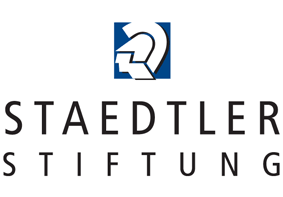
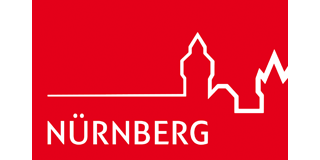


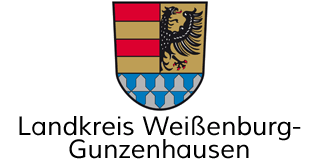






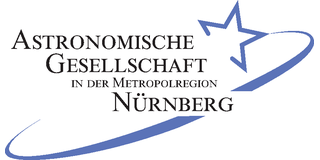



![Logo AN[ki]T](/pix/logo/ANkiT_logo_320.png)
